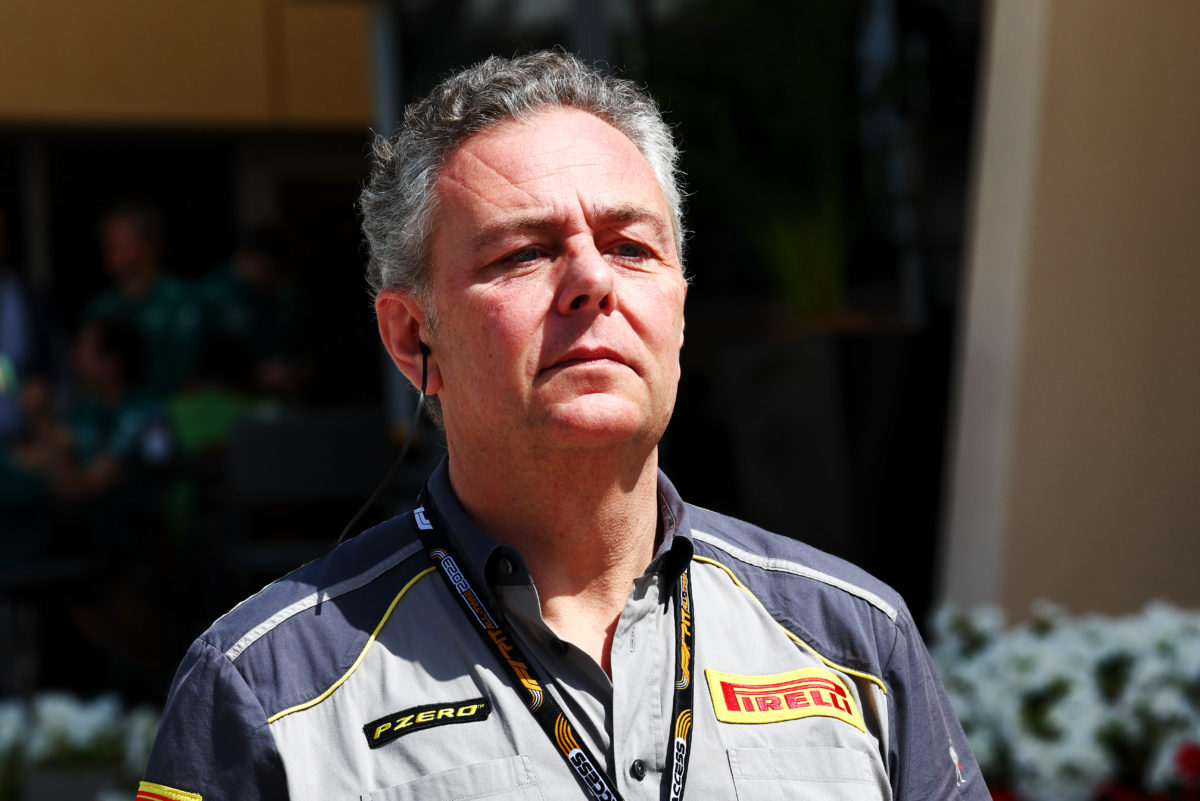
Pirelli Motorsport Director Mario Isola is not ruling out the possibility of putting on hold for a year F1’s impending tyre blankets ban.
Formula 1, the FIA, and Pirelli put in motion a plan a few years ago to rid the sport of the devices designed to ensure the latter organisation’s product is at the ideal temperature for the cars to safely take to the track.
The idea behind the ban that is due to come into force in 2024 is on the grounds of sustainability, particularly with F1 aiming for its zero-carbon footprint by 2030.
There are grave concerns, however, the tyres being developed by Pirelli that will eradicate the need for the blankets will not be ready in time for when a vote is due to be cast following the British Grand Prix in July.
Isola responds to Hamilton concerns
Tests so far have led to drivers such as seven-time F1 champion Lewis Hamilton declaring the current level of development tyre to be “dangerous” and would likely lead to accidents.
Mercedes driver Hamilton has also disputed the notion the removal of the blankets would be environmentally friendly given the need to push harder to warm up the tyres over a few laps, leading to greater fuel consumption.
“It is a technical challenge, a big technical challenge,” said Isola, speaking to Speedcafe. “We have to redesign the construction of the range of compounds.
“That is why we have asked for more tyre testing during this season, to have the opportunity to test on different circuits in different conditions with different asphalt and so on.
“And it is why it was decided, after a test in Silverstone, to have a meeting with all the stakeholders to evaluate the state of development, and if we can achieve the target for 2024. We are working step by step.
“After the first test, in dry conditions and with a reduced temperature, it is clear the first laps are different compared to now where you have the tyres that are ready from the first corner.
“We are aware of the fact that we have to develop compounds able to generate grip from, ideally 20 degrees to 120 degrees.
“We know we need to manage a pressure increase from starting to running that is probably nine to 10 psi.
“So there are many elements that are playing a part in this development, and we are putting a lot of effort, testing, resources, and money into this development.”
Isola airs time constraints pressure
The clock is ticking for Pirelli to get its product right, with a handful of tests planned over the following four months before a conclusive decision is reached.
“Have we enough time? In Formula 1 you never have enough time,” said Isola.
“In a normal situation, you’d develop a product for a road car in two years. With Formula One, you have six to eight months.
“What we have done is try to put in place a programme of development and testing in order to achieve the target for 2024 – and for me, for us, the target is still 2024. Then we will see in July.
“Luckily, from now to July, we have some test sessions, so we will have a better idea of the performance warm-up of the tyres and the development of the tyres.
“We have ideas on how to achieve that. To tell you if we have enough time, it’s a bit difficult because we assume, for example, that all the test sessions are going to happen in the best possible conditions – good weather, no reliability issues from the cars and so on. We don’t know what is going to happen.”
Isola has confirmed that if the tyres were not ready to support a ban and Pirelli required more time for development, then it would request a delay until 2025.
“I believe that if this request is supported by evidence, yes,” said Isola.
“But I hope that in July we will be around the table saying ‘Guys, we have a good product for 2024 that is able to work without blankets’.”





















Discussion about this post